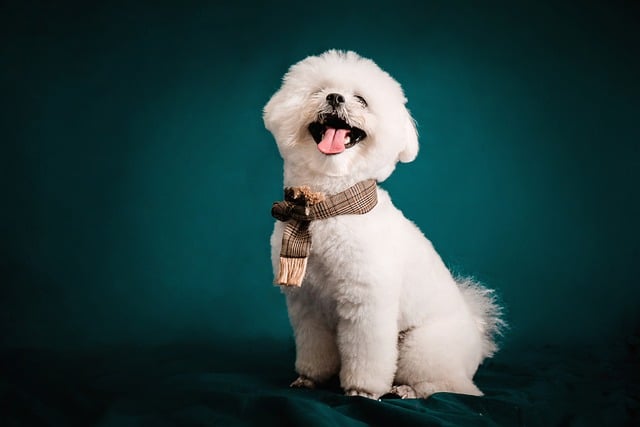
How can I tell if my dog's heatstroke is serious
Let’s be real: It’s a sticky August morning in Los Angeles, and you took your 2-year-old Golden Retriever, Max, for a walk a little later than usual
Poodle puppies might look like little fluffy balls, but that soft, curly coat doesn’t stick around forever. Around 6 to 12 months old, you’ll start noticing changes—strands of hair collecting on their beds, or a slightly coarser texture when you run your hand through their fur. This isn’t random shedding; it’s their puppy coat making way for the adult version.
The transition can be tricky. Some puppies lose hair in patches, leaving uneven tufts that might make you worry. But rest easy—this is normal, especially for standard poodles, who often take longer to fully shed their puppy fuzz than their miniature or toy cousins. Brushing a few times a week helps loosen the old hair, preventing mats that can irritate their skin.
Grooming habits matter here, and not just for looks. In places like the UK, dog groomers must be licensed if they operate a business, so choosing a professional who knows poodle coats can make the transition smoother. They’ll trim away dead hair without damaging the new growth, keeping your pup comfortable and compliant with local hygiene standards—important in cities like Paris, where unkempt pets can draw complaints from neighbors.
 Diet plays a role too. A diet rich in omega-3 fatty acids helps keep both the old and new coats healthy. Many poodle owners in the US swear by adding a splash of fish oil to their puppy’s meals, noticing shinier, stronger hair as the adult coat comes in. Just avoid overdoing it—too much can upset their stomach, and nobody wants that mess during a shedding phase.
Diet plays a role too. A diet rich in omega-3 fatty acids helps keep both the old and new coats healthy. Many poodle owners in the US swear by adding a splash of fish oil to their puppy’s meals, noticing shinier, stronger hair as the adult coat comes in. Just avoid overdoing it—too much can upset their stomach, and nobody wants that mess during a shedding phase.
Keep an eye out for red flags. If your puppy is losing hair in clumps, or if their skin looks red or flaky, it might not be normal shedding. In Germany, for example, veterinary care is legally required for pets showing signs of illness, and skin issues could signal allergies or infections. A quick check-up ensures you’re not missing something serious beneath all that fur.
By the time they’re 18 months old, most poodles will have their full adult coat—thicker, curlier, and less prone to heavy shedding. Until then, embrace the process. Those loose hairs on your couch? They’re a sign your puppy is growing up. With regular brushing, a little patience, and the right care, you’ll both make it through the transition—with a stylish, healthy poodle on the other side.

Let’s be real: It’s a sticky August morning in Los Angeles, and you took your 2-year-old Golden Retriever, Max, for a walk a little later than usual

You're enjoying a summer afternoon at the park when you notice your dog has stopped panting and appears disoriented - their gums are bright red

Let’s paint the picture: You’re in your Denver apartment, watching your 4-year-old Boston Terrier, Ruby, plop down mid-play session with her favorite toy

Many dog owners notice their pets nails seem shorter after regular walks,but how much does this daily activity actually help?The answer depends on where you walk—concrete sidewalks or asphalt streets gently file nails as a dog's paws hit the ground

Most dog owners notice their pup scooting across the carpet at some point, but few connect it to impacted anal glands. These small sacs near a dog’s rectum secrete a scent for marking territory

Most vets agree that regular dog teeth cleaning is key to avoiding painful dental issues later. For healthy adult dogs, a professional cleaning at the vet’s office every 12 to 18 months usually works well.